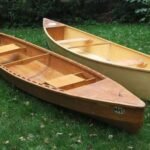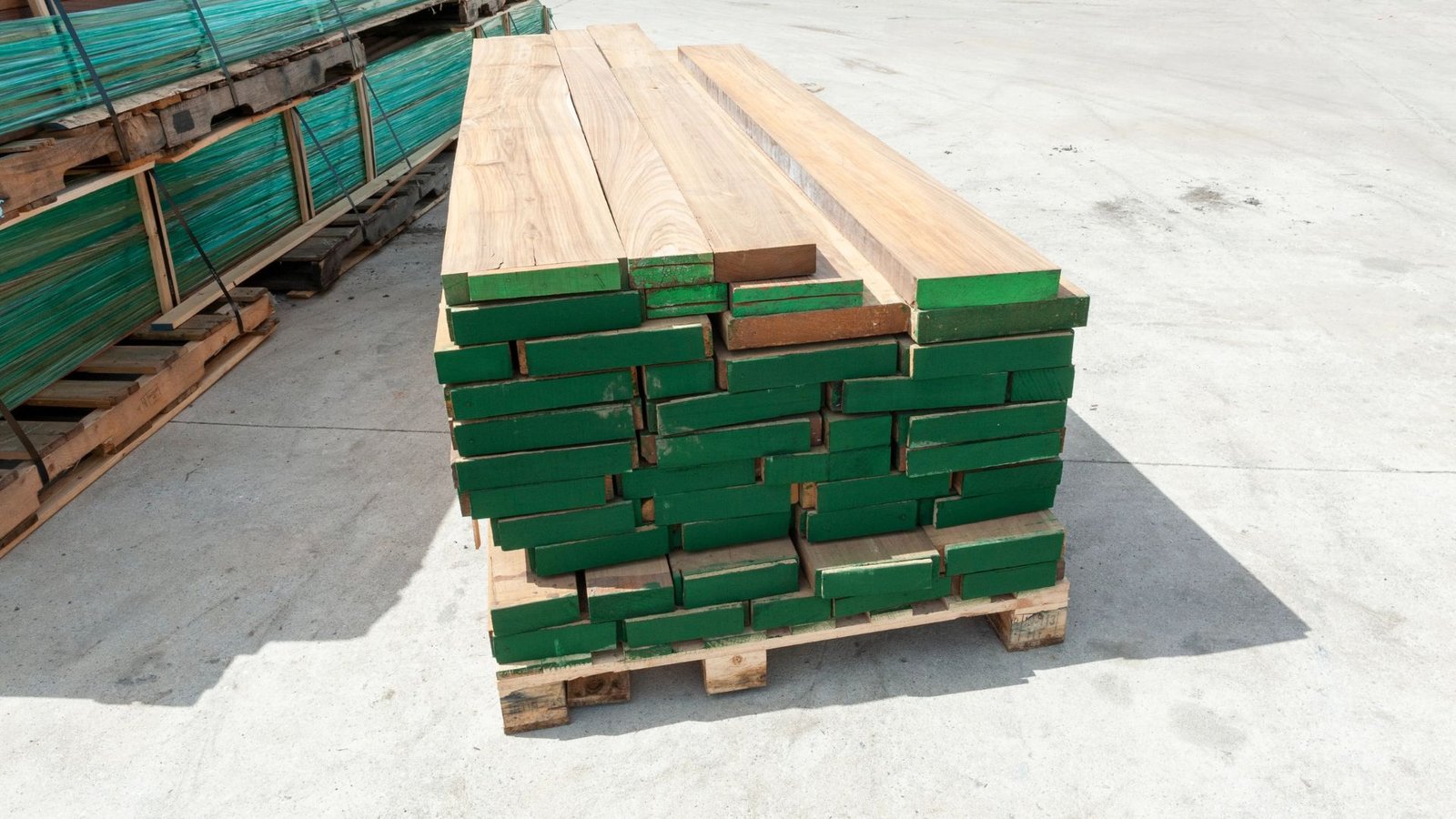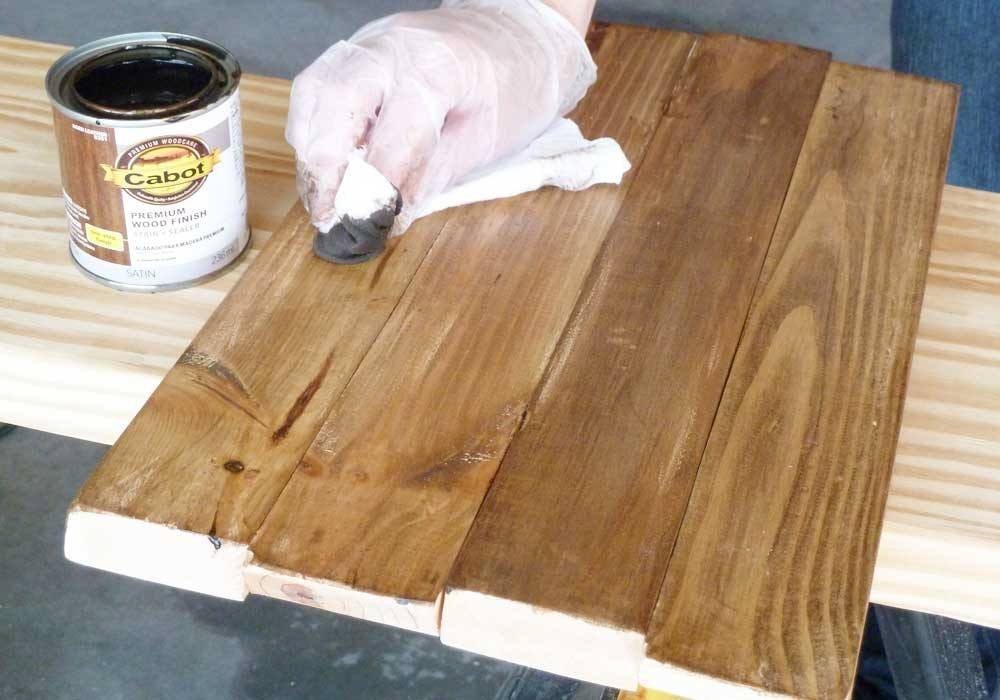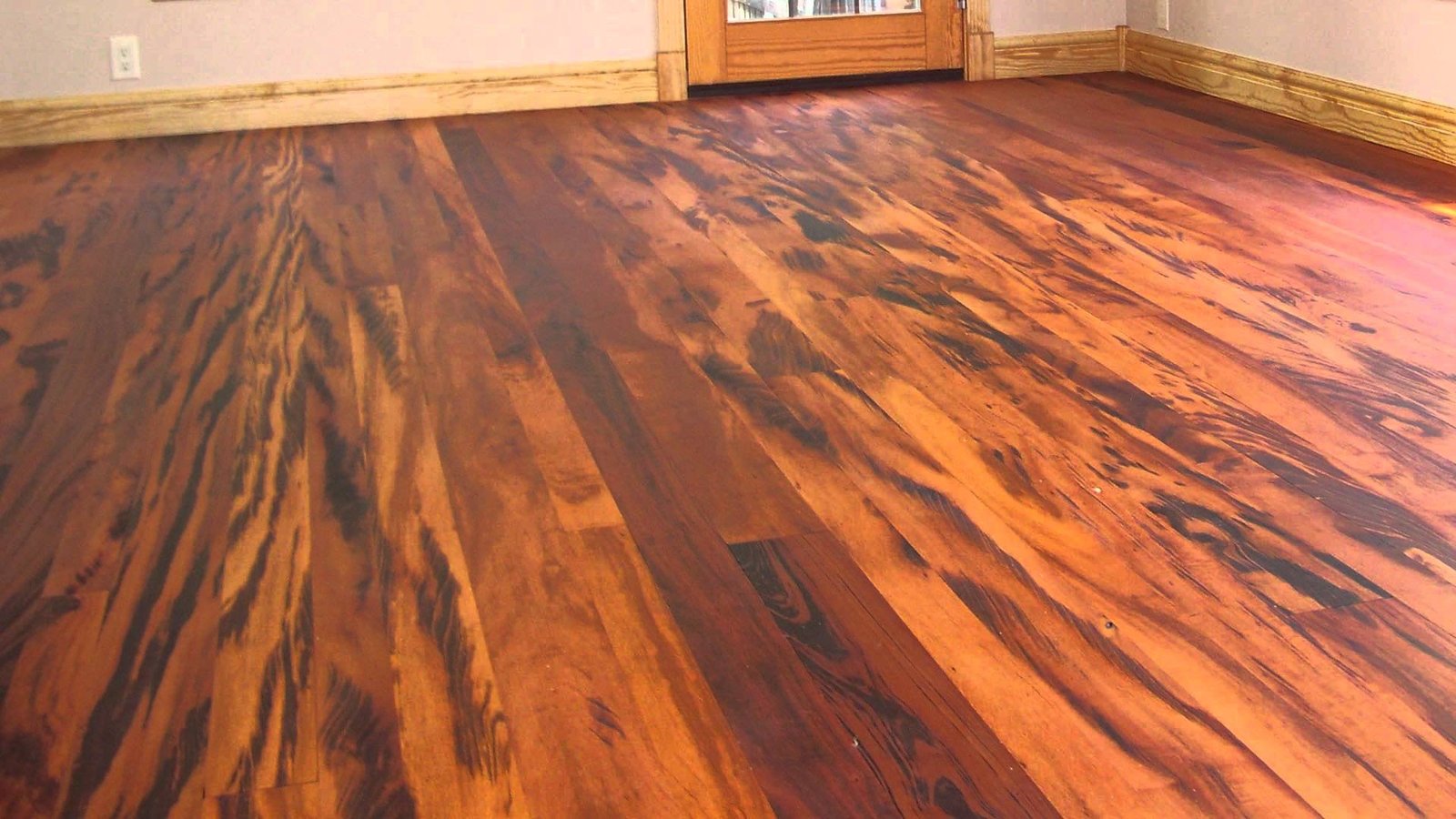When working with teak, having the right tools for cutting and shaping teak lumber is essential. Teak is a durable, dense wood often used for outdoor furniture, boat decks, and high-end cabinetry. However, its natural oils and hardness make it a challenge to cut and shape. Using the right tools and techniques can make the process easier and deliver professional results. Let’s look at the best tools for handling teak and how to use them effectively.
Why the Right Tools Are Important
Teak’s density and oil content can dull blades quickly if you’re not using the right equipment. Standard tools often struggle with this hardwood, leading to splinters, rough edges, or damaged blades. Choosing the best tools for cutting and shaping teak lumber ensures smooth cuts, precise shaping, and less frustration during your project.
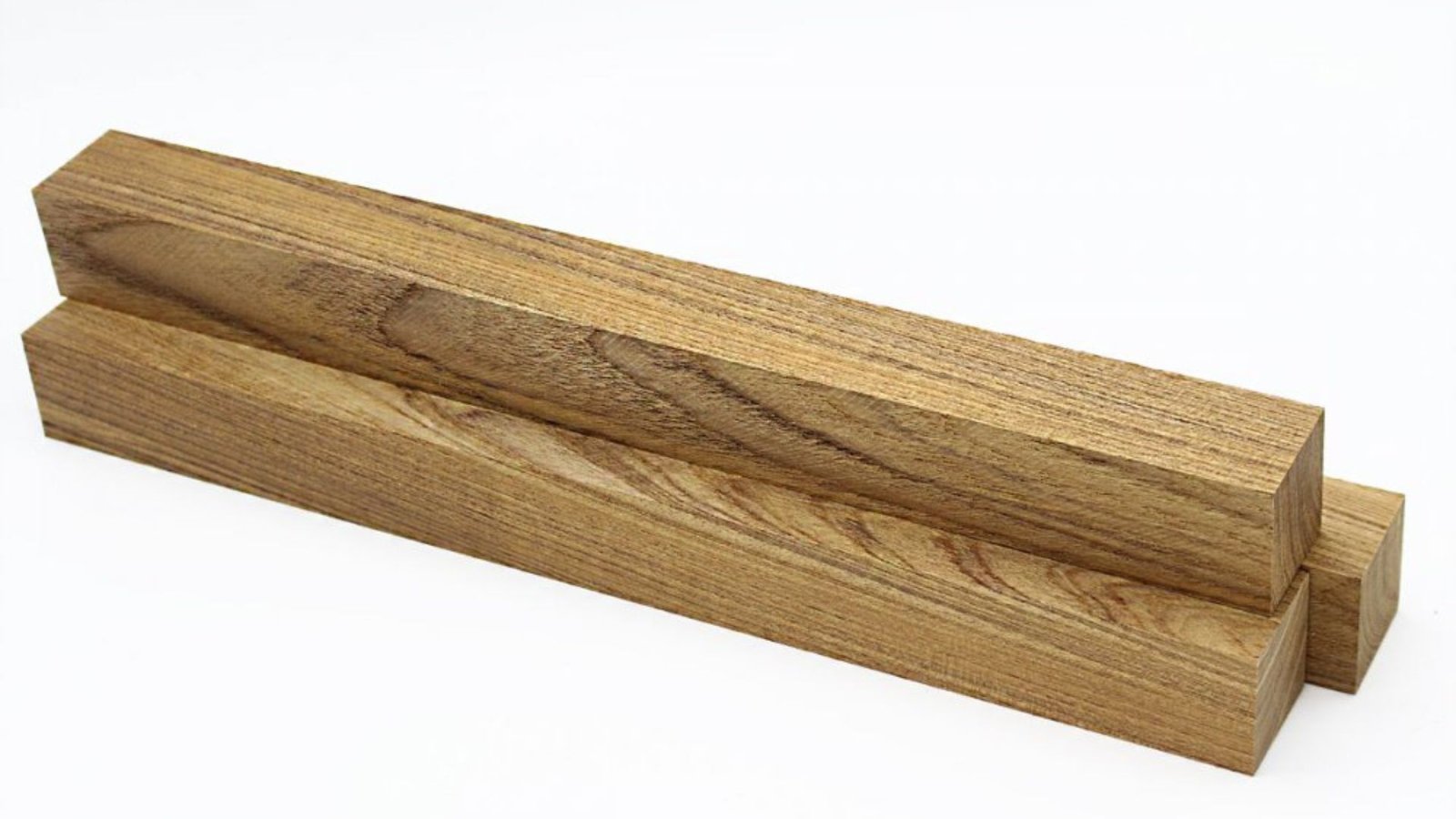
1. Circular Saws for Straight Cuts
A circular saw is an excellent tool for making straight cuts in teak lumber. Opt for a saw with a carbide-tipped blade, as it resists wear and stays sharp longer when cutting hardwoods. To achieve clean cuts, ensure the blade is sharp and adjust the saw’s depth to match the thickness of the teak. Using a steady hand and cutting slowly will prevent splintering.
2. Table Saws for Precision Cutting
When you need precise, repeatable cuts, a table saw is the ideal choice. Like the circular saw, a table saw should have a carbide-tipped blade to handle teak’s hardness. Adding a zero-clearance insert to the table saw reduces tear-out and keeps your cuts clean. This tool is perfect for ripping teak boards into smaller, uniform pieces.
3. Jigsaws for Curved Cuts
For curved or intricate cuts, a jigsaw is a must-have tool. Use a blade designed for hardwoods to make cutting through teak easier. A slow cutting speed helps maintain control and prevents the blade from overheating. Jigsaws are ideal for shaping decorative edges or creating custom patterns in teak lumber.
4. Planers for Smoothing Surfaces
A hand planer or electric planer is invaluable for smoothing rough teak surfaces. Planers remove small amounts of material, making them perfect for leveling uneven boards or preparing the wood for finishing. When using a planer, set it to a light cut to avoid tearing the wood’s surface.
5. Routers for Detailed Shaping
Routers are essential tools for cutting and shaping teak lumber into detailed designs. Whether you’re creating grooves, beveled edges, or decorative profiles, a router provides the precision you need. Use carbide-tipped router bits to ensure smooth, clean cuts. Always work in small passes to avoid straining the tool or the wood.
6. Miter Saws for Angled Cuts
A miter saw is perfect for making accurate angled cuts in teak lumber. It’s particularly useful for creating frames, trims, or beveled edges. As with other saws, use a blade specifically designed for hardwoods. For the best results, secure the wood firmly before cutting to prevent movement.
7. Chisels for Fine Details
When you need to create small, detailed cuts or make adjustments, chisels are incredibly useful. Sharp, high-quality chisels are essential for working with teak lumber. Always keep them sharpened to make clean cuts and avoid damaging the wood. Chisels are great for hand-carving intricate patterns or refining joints.
8. Sanders for a Smooth Finish
Once you’ve cut and shaped your teak lumber, sanding is necessary to achieve a smooth surface. A random orbital sander is particularly effective because it minimizes visible sanding marks. Start with coarse grit sandpaper to remove rough edges and switch to finer grits for a polished finish. Sanding prepares the wood for staining or sealing.
9. Band Saws for Versatile Cuts
Band saws are versatile tools that can handle both straight and curved cuts. They’re especially useful for cutting thicker pieces of teak lumber. With the right blade, a band saw can make smooth, accurate cuts, whether you’re cutting large boards or intricate shapes.
10. Dust Collection Systems
Teak’s natural oils can create fine dust that clogs tools and can be harmful if inhaled. A dust collection system is an important addition to your workspace. It keeps your tools running efficiently and ensures a safer, cleaner environment.
Tips for Working with Teak Lumber
- Always wear safety gear: Teak dust can irritate your skin and lungs, so use gloves and a dust mask.
- Keep tools sharp: Dull blades and bits can tear the wood, so maintain your tools regularly.
- Work slowly and steadily: Rushing can lead to mistakes or damage to the wood.
- Test cuts on scraps: Before making final cuts, test your tools on leftover pieces of teak.
Conclusion
Using the best tools for cutting and shaping teak lumber ensures you achieve professional results while making the process smoother and more enjoyable. Whether you’re crafting furniture or tackling a complex woodworking project, having the right equipment is essential. From saws and routers to sanders and chisels, each tool has a role in working with this beautiful yet challenging wood. By taking your time and using the proper techniques, you’ll create stunning pieces that highlight teak’s natural beauty.




